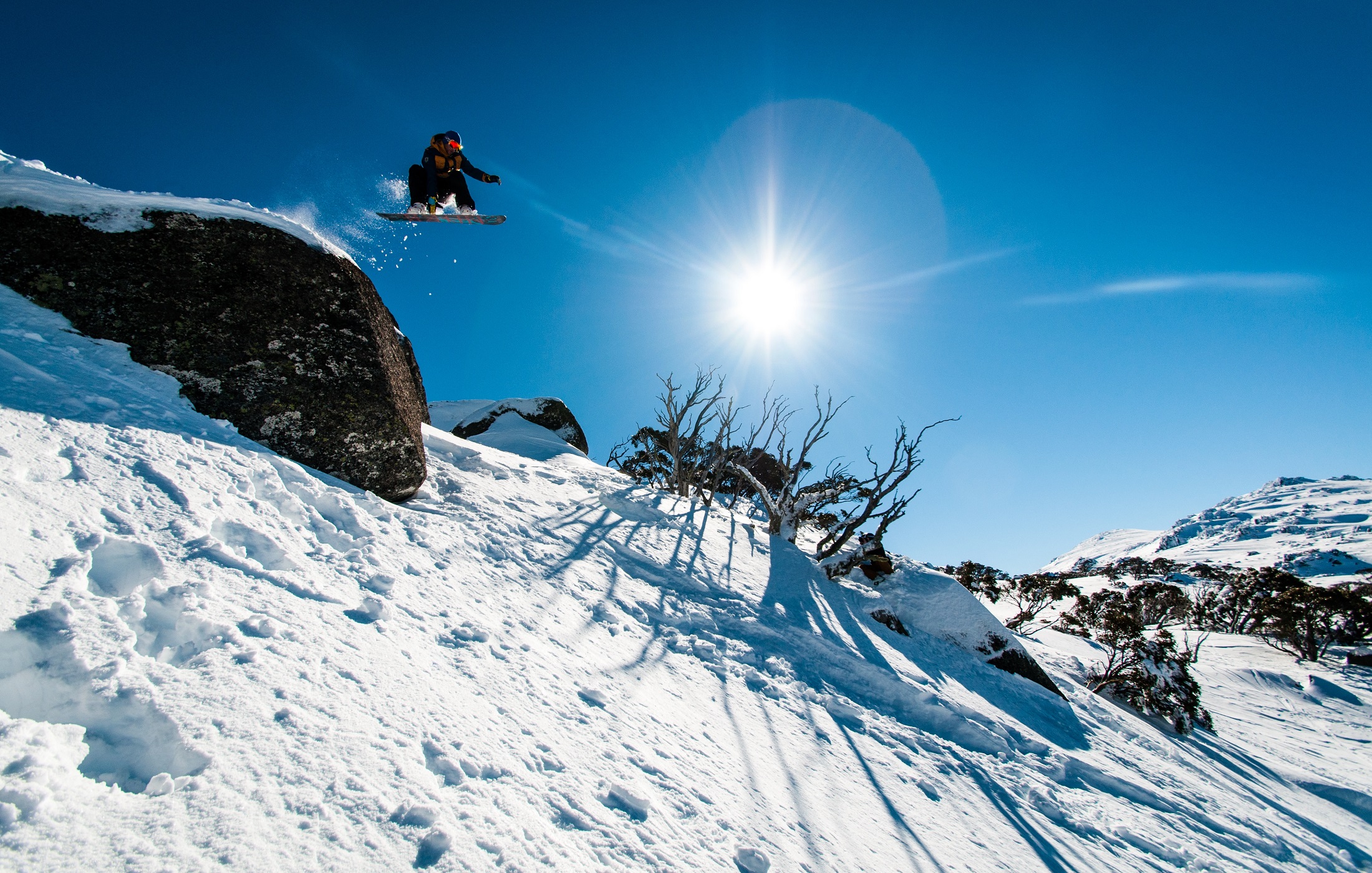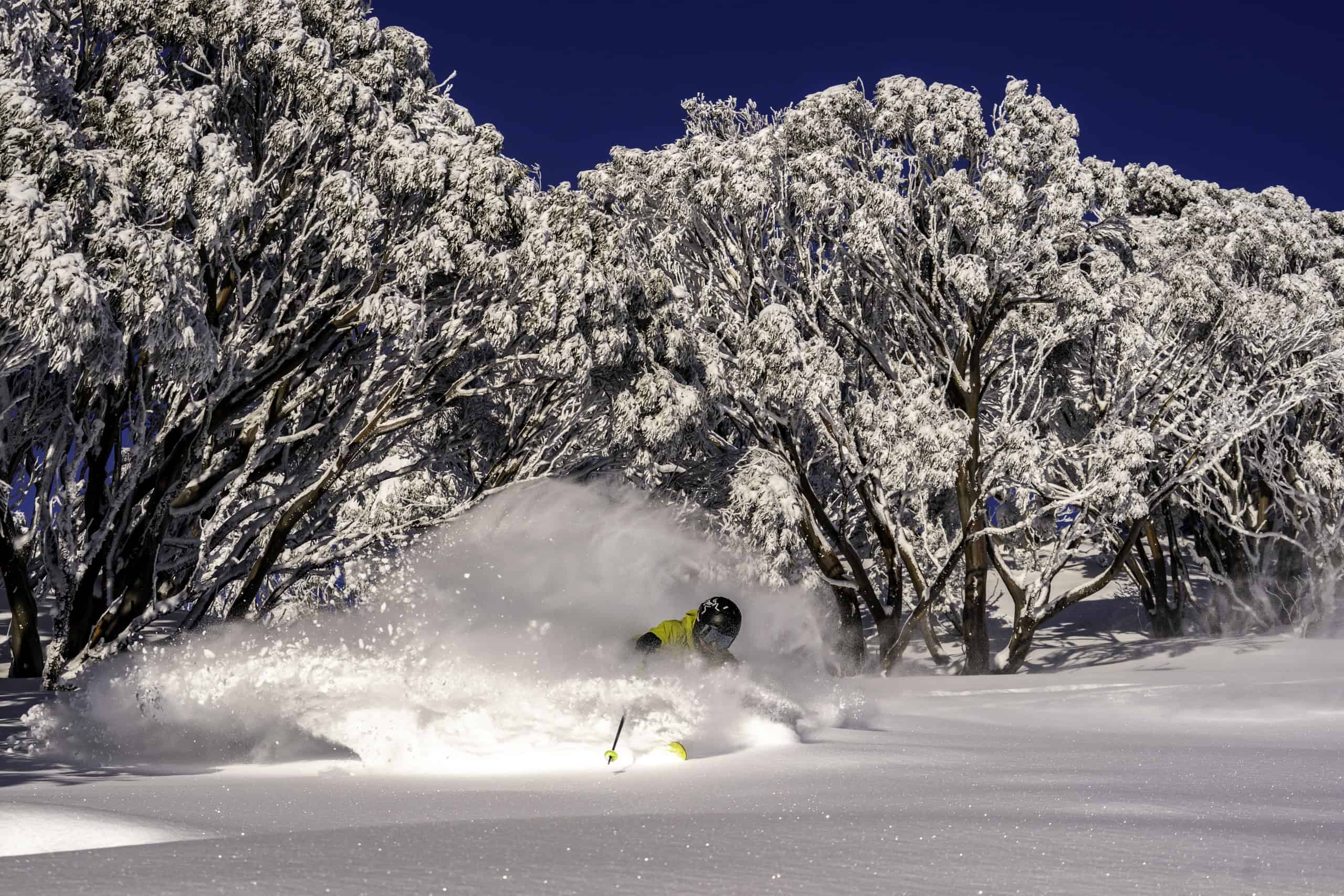Learn Which Areas Get the Frequent Snow In Australia During the Chilly Periods
Learn Which Areas Get the Frequent Snow In Australia During the Chilly Periods
Blog Article
The Numerous Kinds of Snow in Australia and Their Influence On Wintertime Sports
Australia, understood for its sun-soaked beaches, is additionally home to a varied selection of snow problems that substantially affect winter season sporting activities. Each type, from the damp coastal snow to the dry interior powder, presents distinct difficulties and advantages for professional athletes. An understanding of these variants is crucial for those looking for to browse the Australian slopes, as each calls for various methods and durability. The following expedition will go over the ramifications of these snow kinds on wintertime sports efficiency.

Understanding the Features of Various Snow Kinds
While several think that snow is a homogeneous entity, it is essential to recognize that there are various kinds, each with distinct attributes. These differences in snow kind aren't merely visual; they significantly influence winter sports, determining the ease of motion, the rate achievable, and the degree of control needed from athletes.
The Impacts of Powder Snow on Winter Sports and Snowboarding
In spite of its light and fluffy look, powder snow in the Australian Alps offers both special obstacles and possibilities for winter season sporting activities enthusiasts, especially those taken part in snowboarding and snowboarding. The loosened, dry nature of powder snow can at first be hard to browse for beginners, requiring cautious balance and control. For even more knowledgeable practitioners, the soft, untracked snow uses an electrifying experience, enabling for nimble and dynamic motion - Does It Snow In Australia. The smooth and flexible surface of powder snow likewise reduces danger of injury throughout drops, making it a preferred choice for extreme winter months sports. It's worth noting, the differing depth and unforeseeable nature of powder can in some cases lead to covert barriers, calling for consistent alertness.

The Obstacles and Advantages of Jam-packed Snow in Winter Sports
Shifting focus from the loose, completely dry powder snow, an additional prevalent sort of snow in the Australian Alps is packed snow, presenting its own set of challenges and advantages in the world of winter sporting activities. This denser, extra solidified form of snow supplies a quicker, slicker surface, profiting sporting activities like downhill winter sports and snowboarding, boosting rate and precision. However, the very same features likewise existing obstacles. Its difficult surface can be dangerous, enhancing the potential for injuries throughout drops. In addition, browsing turns and regulating speed can be hard on packed snow, needing higher ability degrees from athletes. In spite of these difficulties, packed snow continues to be an important aspect in numerous winter months sports, forming the efficiency and techniques of professional athletes.
The Role of Damp Snow in Australian Winters Months Games
In contrast to the dense, slick surface of jam-packed snow, wet snow plays a totally various role in Australian wintertime games. Qualified by its high wetness material, damp snow this content influences the speed and control of winter season sporting activities participants. Its hefty, sticky nature can be testing for athletes, particularly in snowboarding and snowboarding where rate and manoeuvrability are critical. Its malleability makes it perfect for snow sculpting occasions and for strengthening snow structures in sports like snow fort battles. In spite of its mistakes, damp snow presents a special dynamic to winter months video games in Australia, screening professional athletes' versatility and resilience, and working as a suggestion of the diverse my response weather they need to be prepared to encounter.

Exactly How Slushy Snow Impacts Winter Season Sports Efficiency
Proceeding the expedition of varying snow problems in Australia, the impact of slushy snow on winter months sports is an additional appealing element. Slushy snow, arising from warmer temperatures or direct sunlight, poses one-of-a-kind challenges to athletes. It lowers rate and requires raised exertion as the tools penetrates the soft, water-saturated snow. In snowboarding and snowboarding, slushy problems can affect the predictability of dives and turns, increasing the danger of mishaps. For snowmobiling, the device's efficiency might be prevented as it has a hard time to preserve traction. Hence, slushy snow transforms the wintertime sporting activities landscape, demanding not just increased physical effort from athletes but additionally look at this site a higher focus on security preventative measures.
Adjusting Winter Season Sports Techniques to Numerous Snow Conditions

Verdict
In conclusion, Australia's diverse snow kinds dramatically influence wintertime sporting activities efficiency. Each kind, from the glossy coastal snow to the drier interior powder and the heavy, sticky wet snow, presents special difficulties and benefits. Therefore, professional athletes must adapt their methods to navigate these differing conditions efficiently. The snow's developmental duty emphasizes the significance of comprehending its qualities to enhance performance and safety and security in Australia's winter season sporting activities landscape.
Shifting focus from the loosened, dry powder snow, an additional widespread kind of snow in the Australian Alps is packed snow, presenting its own set of obstacles and advantages in the realm of wintertime sporting activities - Does Australia Get Snow.In contrast to the dense, slick surface of jam-packed snow, wet snow plays an entirely various function in Australian wintertime games. Its pliability makes it optimal for snow sculpting occasions and for strengthening snow frameworks in sports like snow fort fights.Continuing the exploration of differing snow conditions in Australia, the impact of slushy snow on winter months sporting activities is an additional fascinating element. Each type, from the slick seaside snow to the drier indoor powder and the hefty, sticky wet snow, provides unique obstacles and benefits
Report this page